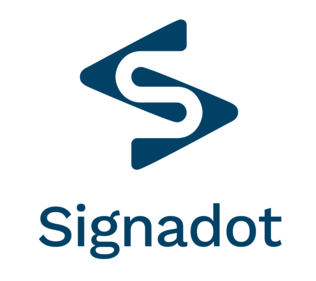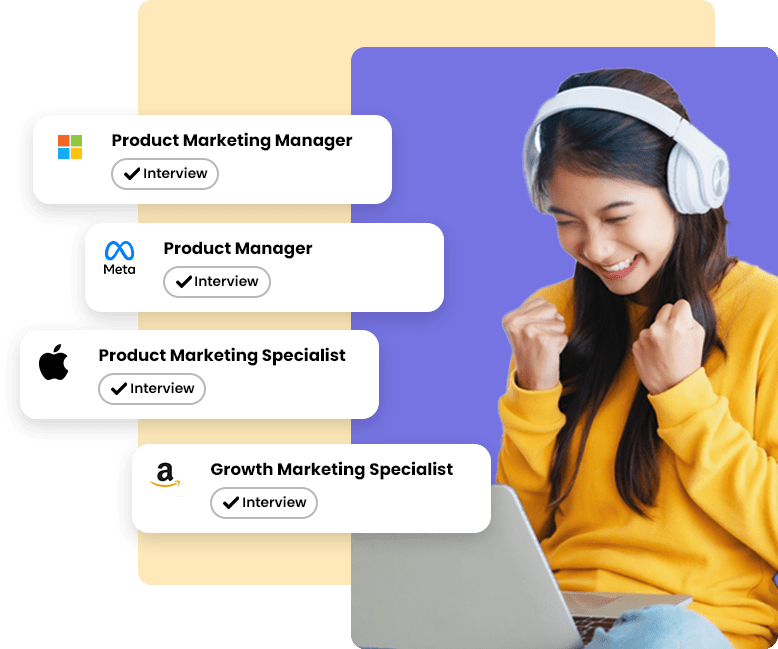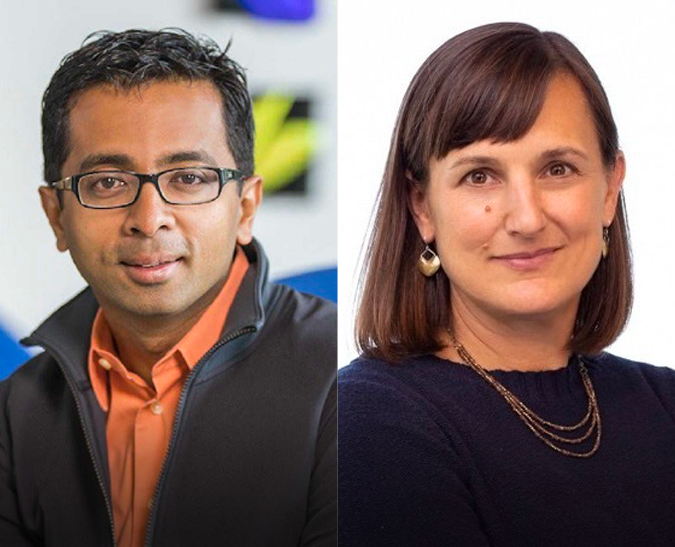Website: www.healthrageous.com
Founders: Rick Lee, Mary Beth Chalk, and Doug McClure
Headquarters: Boston
Year Founded: 2010
Investors: North Bridge Venture Partners, Egan Managed Capital, Long River Ventures
Employees: 25
Twitter: @healthrageous
Brief Company Description: Healthrageous is a leading provider of mobile and multi-device next-gen health solutions that change behavior on a sustained, measurable basis.
 By Rick Lee, President and CEO
By Rick Lee, President and CEO
Healthrageous has been serving employers and health plans as a catalyst for behavioral change since January 2010. In that time, we have recruited a sterling management team to Boston, built and refined the software platform, installed our analytics engine and deployed the Healthrageous solution to more than 4,000 participants. We promote self-management of health, a 21st century solution to the paucity of available physicians and substantive medical interactions.
According to the World Health Organization, more than half of all chronic disease costs are instigated by lifestyle choices and unhealthy—but correctable—habits; most notably, poor nutrition, high fat diets, unbridled portion control, tobacco use, alcohol abuse, insufficient sleep, and sedentary lifestyles. Two-thirds of us are overweight or obese and fail to engage in regular physical activity. Our one or two annual physician visits are contrasted by the other 363 days of the year when we are not “patients,” and must rely on our own self-management and self-control.
In a nutshell, Healthrageous provides automated coaching over the web and through an iPhone, Android and Blackberry compatible mobile app, coupled with biometric devices and sensors to assist people in changing health-compromising behaviors (e.g., eating too much, getting insufficient activity each day, smoking, not adhering to prescribed medications or treatment plans). This “people like you…” approach deployed as digital coaching has worked for Netflix, Amazon, Fidelity and others in the retail world.
Company Roots
Healthrageous is the brainchild of Joe Kvedar, MD, and Doug McClure. While working at the Center for Connected Health, a division of Partners HealthCare, they conceived of the notion that consumers could get healthier if empowered with real time, trended data, such as blood pressure scores, weight and glucose readings. They proved their hypothesis through a random controlled trial involving 404 employees in Massachusetts with identified, uncontrolled hypertension.
Those with hypertension were randomly divided into two equal groups, a control group and an intervention group told to maintain participation by taking their blood pressure three times a week with a connected blood pressure cuff and then logging into a web site at least once each week to receive tips and pointers on how to improve their hypertensive lifestyles. Essentially, they were receiving a biofeedback loop of their own specific, trended BP data.
When the results were analyzed, the research team was stupefied by the amazing amount of stickiness, i.e., treatment adherence, in the intervention group; only seven out of 202 employees dropped out over the six-month study duration. Equally impressive were the clinical results. Employees in the intervention group were more likely to have lowered their blood pressure, gotten on a new blood pressure medication and reported better communication with their doctor as a result of the study, compared to those in the control group. Fifty-five percent brought their blood pressure under control. The research team—led by Dr. Kvedar—concluded that actionable data needs to be personal, timely and easily accessible.
In the Spring of 2010, a newly recruited management team raised $6 million in venture capital (North Bridge, Egan, and Long River) to commercialize the research spawned at Partners. The business model morphed from consumer-facing to selling a subscription model to large enterprises. The SaaS platform we use is referred to as a digital or electronic coach. By noting behaviors of consumers and then responding with tips and advice on how to improve, we are able to provide timely, highly personalized information to targeted individuals. The resulting stickiness yields sustained engagement and improved goal achievement.
Something for Everyone
Abiding by the maxim, “some things work for some people some of the time,” we have deployed a series of tools and apps that when combined across an entire population is achieving remarkable success in enabling and ultimately empowering people to change behaviors. The Healthrageous solution incorporates:
Social Networks. People are often as influenced by friends and associates as they are by their physicians. Healthrageous facilitates interaction between people striving to deal with the same challenge (e.g., diet, exercise, smoking cessation). Social networks are scalable, influential and easily accessible in the palm of one’s hand.
Data Feedback Loops. By making the tracking of data effortless and fun, Healthrageous has increased self-awareness to all sorts of measurable metrics— steps, hours slept, number of fast food meals/week, etc. Data is self-reported or captured through wireless devices. The data spurs front-of-mind thinking about health.
Make it Addictive. By adopting gaming techniques and principles into the Healthrageous platform, some find our solution fun and engaging.
Health Must Be Convenient. Placing health care in the palm of one’s hand increases the likelihood that one’s health gains an equal footing with other daily concerns (e.g., the kids, the job, family finances, parents’ health, the pets, etc.).
Recognition and Rewards. The Healthrageous system of badging and congratulatory emails is designed to exploit opportunities for intrinsic motivation. Healthrageous customers have added extrinsic rewards, such as lotteries, gift cards or premium reductions, to amp up the results achieved with the targeted population. Multi-Pronged Solutions. One size does not fit all. By offering diabetics many ways to improve their health (e.g., more sleep, more exercise, improved blood pressure management or adherence to prescribed treatment), Healthrageous entices more people to join and activate. Packaging, Not Education. Madison Avenue’s narrow-casting techniques drown out advice carefully meted out by the doctor. Healthrageous has adopted many of the design principles that sell popular products.
By assembling a vast array of tools and techniques in order to increase its platform’s stickiness, Healthrageous looks more like a retail play, than a health care service. We are building a treasure trove of information on what works and for whom.
Change You Can Believe In
Healthrageous’ results are highly differentiating from other vendors. Almost one-third of people with hypertension have achieved a meaningful systolic or diastolic improvement. Over 60 percent of those on the platform in 2011 interacted with the Healthrageous solution for more than three months; 2-to-3 times better than what’s seen in the market.
Further refinement is called for. The solution is decidedly device and app-agnostic, intentionally integrating great B2C creations into a large health plan environment where the focus is more on the sick or soon-to-be-sick versus the highly motivated, self-starters who are running three marathons a year. Four large enterprise customers were signed up over the last four months, with a total of 31 million commercial lives to focus on. We have commenced a second round of fundraising to build out features and functions and to support the complex and costly implementations of new health plan clients.
More devices will emerge in the market. Better apps will appear. Greater personalization will evolve. The possibility that these refinements will bring accountability for health back to the consumer, the owner of unhealthy habits, is promising. That’s the movement that Healthrageous is banking on; that’s the Healthrageous Effect.
Healthrageous – www.healthrageous.com










